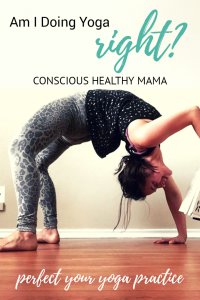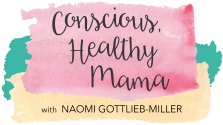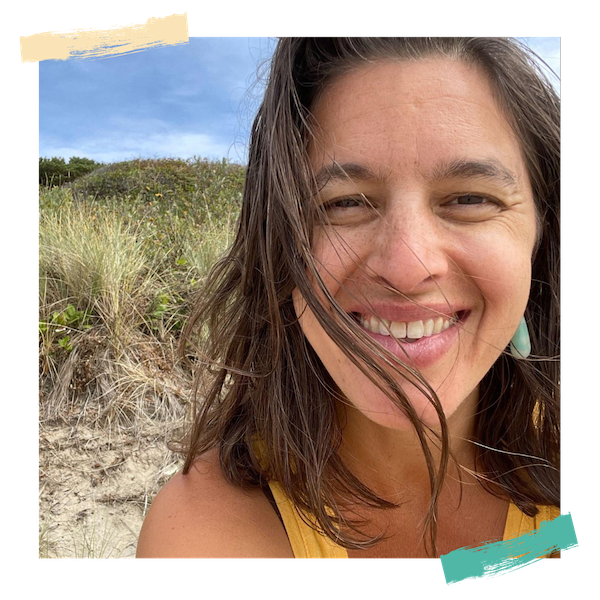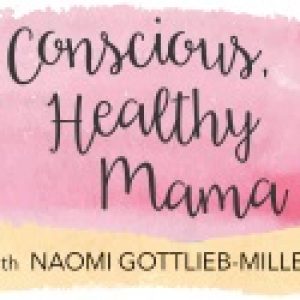
“Am I doing yoga right?”
This is a question I get asked frequently by students. It’s a question I asked myself regularly when I was newer to yoga. And even after I’d been practicing and teaching for awhile, I still often wondered if I was “doing yoga right.”
I was constantly measuring myself against other people – other teachers, other yogis, cover models in Yoga Journal, professional ice skaters, and teenage gymnasts.
Obsession with perfection is my personal Achilles heel.
And while not everyone is aiming for perfect when they come to yoga, most people still want to know if they’re doing the pose or doing yoga right.
I think generally we have it in our heads that there is a clear “right” way of doing something and a clear “wrong” way of doing something.
The answer isn’t so straightforward.
Our bodies aren’t so easily organized into the ideas of “right” or “wrong.” What works for one person might not work quite the same way for another person.
This idea is a far cry from what I was taught in my own teacher training nearly 14 years ago. I was taught that there were universal alignment principles and they work for every body in the same way.
When I first started practicing yoga, 19 years ago, the message was the same. There was a right way and a wrong way to do triangle pose. If you didn’t do it in a very particular way, you were doing it wrong. If I applied a few specific alignment actions, then I’d be doing it right again. Pose fixed. Problem solved.
When I first started practicing and a few years later, teaching yoga, the attitudes about yoga were much more rigid. Yoga wasn’t all festivals and crystals and fancy leggings and which teacher has the best playlist.
We were only a few years past teachers wearing full body unitards. I wore gym shorts when I first started going to yoga classes. Most of the classes I went to didn’t have any music. Everyone had the same Hugger mugger yoga mats that weren’t reliably sticky ever.
The yoga message, almost universally, was “we are wonderful and also flawed” (no issue there) AND “the body is a problem that needs to be fixed” (definitely some issues there).
And even though I had some amazing teachers, many of whom didn’t say the latter message explicitly, the idea of alignment was a solution to the problems our bodies gave us.
And I bought into it hook, line, and sinker.
I believed I was broken and I desperately wanted to be fixed.
I believed with all of my heart that yoga would fix me if I just aligned myself perfectly enough.
In the end, yoga didn’t fix me and neither did alignment.
I am not broken.
I don’t need fixing.
Yoga did show me a different way of loving myself, though and helped me learn to trust myself more.
The alignment sometimes helped with that.
Sometimes it didn’t.
I learned that it was less about the alignment and more about showing up every day for myself, on my mat and off.
A few years ago, I attended a yoga class with a teacher I really respected. I was 3 months postpartum with Milly, my first child, and this was my first time back on the mat at a yoga studio. It was an all day workshop, so I was even pumping in the bathroom every 2 hours or so. My body still didn’t quite feel like my own, but I was trying so hard to make my body take the same shapes she did pre-baby.
At one point, the teacher was discussing a pose, Parsvakonansa (side angle pose, pictured above) and said this, “if your forearm is on your thigh in this pose, you’re not doing the full pose.”
I was so shocked I almost spontaneously squirted breastmilk across the room.
I was also angry.
What makes a pose “the full pose?” Who gets to decide what the full pose is? Why are we letting some pictures in a book of an old dude, with no training in anatomy or physiology determine what the pose should look like or feel like for people who don’t have the exact same physical attributes as he does?
It was at that moment that I felt my first break away from the traditional rules of alignment that I’d held onto for so long.
In the past few years, my yoga practice and teaching has shifted considerably from my early yoga roots. I no longer focus on alignment dogma or rigid alignment rules that governed my understanding of yoga.
I focus more on actions instead of alignment.
My practice and teaching are more based on the idea of “know what you’re doing and why.”
So as an example, there are times when you might want your feet closer together or touching in Tadasana (mountain pose), while there are other times it would be more optimal to have your feet hip width apart. One isn’t better aligned than the other – they offer your body different things.
There are some alignment cues that are tough for me to let go. I’m just less inclined now to think that yoga is out to get you or me.
I was raised in a culture of fear in the yoga community. “Do this and you’ll hurt your back.” Or “teach the pose that way and your students could end up with a rotator cuff injury.”
We were chasing perfection on our mats, while also cowering from the practice in fear and all the while sacrificing our enjoyment, empowerment, and transformation.
We looked to alignment as the hero of our yoga practice, ready to swoop in and save the day if we took a knee or shoulder out of line.
I’d rather trust myself.
I’d rather teach my students to listen more to their bodies and to understand how their bodies work.
I’d rather explore movement without fear.
I’d rather teach my students that they are capable of great things, with or without specific alignment.
I don’t want to hold the keys to the yoga kingdom. I want my students to know they can trust in themselves, too.
More than anything, I want everyone to know that there is no way to do yoga wrong, unless you don’t show up.
The key to doing yoga right, is to show up on your yoga mat over and over again.




